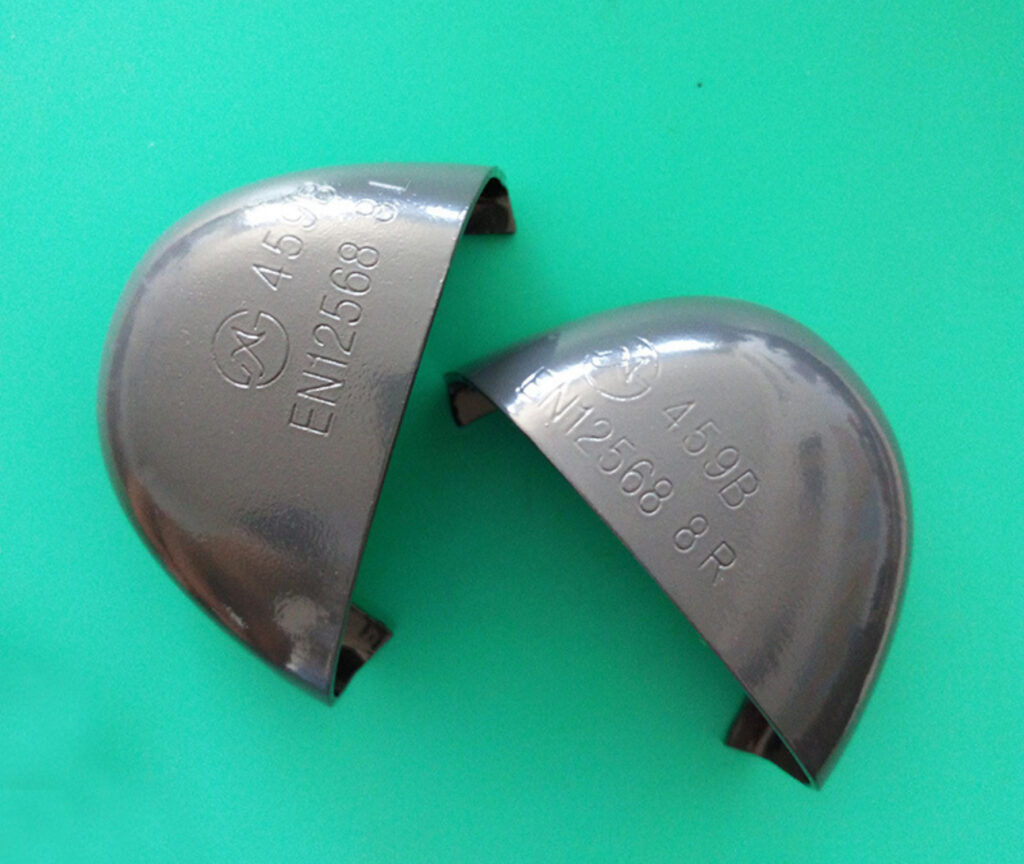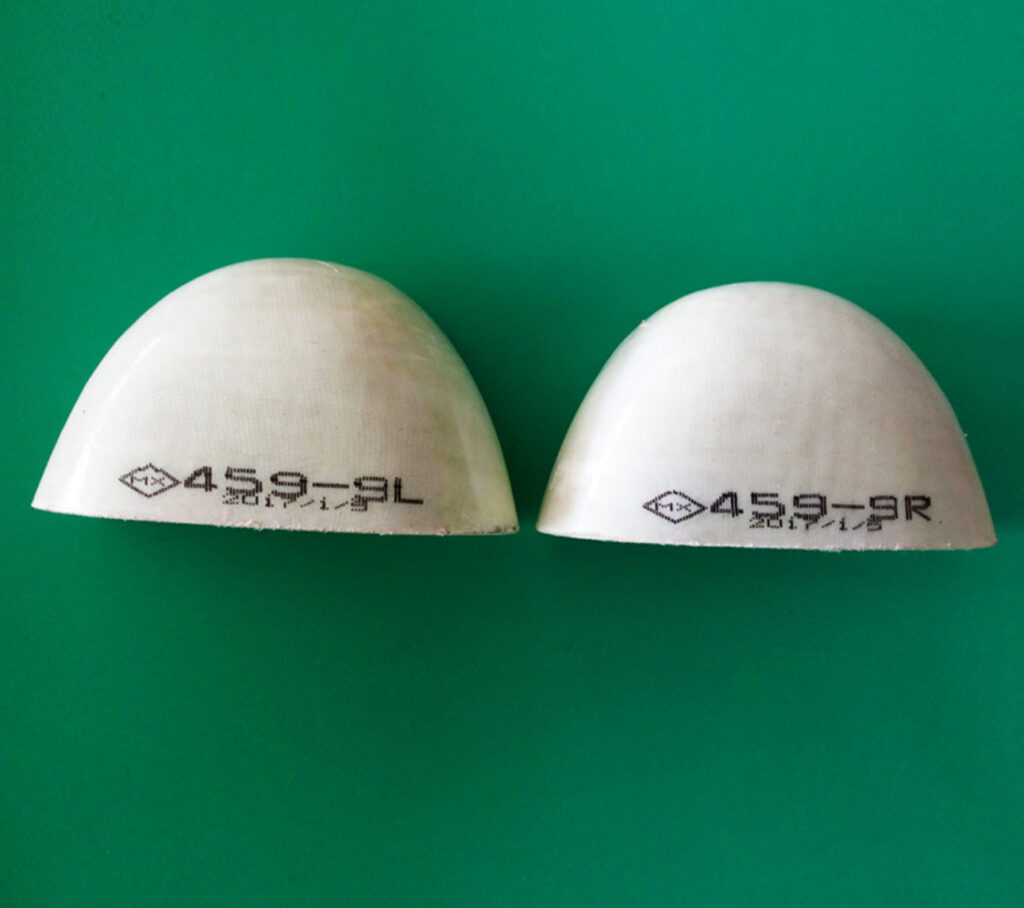Ningbo Toprise Security Products Co., Ltd., as a company with 20 years of experience in exporting safety shoes, is dedicated to providing effective foot protection to customers worldwide. Our safety shoes are manufactured in strict accordance with CE standards for international markets. The blog below is to explore the 3 widely-used types of toe caps for safety shoes.
The Types of Toe Caps
Steel Toe Caps

Steel toe caps, as a traditional material for safety shoes provide the highest level of impact and compression protection. Steel toe caps are most affordable yet durable and the thinnest. They meet the most stringent safety standards (e.g., ASTM, EN ISO) and are suitable for environments with high risk of falling objects or heavy impacts, such as construction, heavy manufacturing, and mining. However they are heavier, conductive to heat and electricity
Composite Toe Caps

They are often made from non-metal materials such as Kevlar, carbon fiber, fiberglass, or plastic. The composite toe caps are lighter and non-conductive to hear and cold. So the safety shoes are more comfortable to wear. And meanwhile they provide high levels of protection, although typically slightly less than steel. The material is also non-conductive electricity and non-metallic. So they can be used in electrical work environments and security-sensitive areas. But to achieve the same level of protection as steel toes, the composite toe caps are usually bulkier and more expensive.
Carbon Fiber Toe Caps

As an advanced lightweight composite material, the carbon fiber toe caps offer high impact and compression resistance, but with a lighter weight. They can also meet the required safety standards (ASTM, EN ISO) and are ideal for industries like aerospace, automotive, and manufacturing. Similar to composite toe caps, they are also non-conductive and non-metallic but of higher costs and bulkier size than steel toe caps.
Factors to Consider When Choosing a Toe Cap
To make it short and clear, below is a table for reference of the factors to help us get the right toe caps for the safety shoes in different occasions.
| Feature | Steel Toe Cap | Composite Toe Cap | Carbon Fiber Toe Cap |
| Material | Steel | Kevlar, carbon fiber, fiberglass, plastic | Carbon fiber |
| Weight | Heaviest | Lighter than steel | Lightest |
| Protection | Highest impact/compression resistance | High protection (slightly less than steel) | High protection (comparable to composite) |
| Electrical Conductivity | Conductive | Non-conductive | Non-conductive |
| Temperature Conductivity | Conducts heat and cold | Insulative (does not conduct heat or cold) | Insulative (does not conduct heat or cold) |
| Metal Detector Safe | No | Yes | Yes |
| Comfort | Less comfortable for long shifts due to weight | Lightweight, better for long wear | Most comfortable due to light weight |
| Durability | Very durable | Durable, but bulkier than steel | Durable and lightweight |
| Cost | Most affordable | More expensive than steel | Most expensive |
| Applications | Heavy-duty industries (construction, manufacturing, mining) | Electrical work, logistics, light manufacturing | Aerospace, high-tech industries, jobs requiring lightweight comfort |
Toe Cap Classifications (AN1, AN2, AN3)
AN1, AN2, and AN3 are classifications related to the impact and compression resistance of toe caps, typically used in the context of Australian/New Zealand safety standards (AS/NZS 2210.3) for protective footwear. AN1 offers maximum protection but is usually heavier due to the more robust toe caps needed to meet the higher standards. AN2 and AN3 are lighter and more comfortable for long-term wear, making them more suitable for jobs that involve less physical risk but still require safety compliance. Below is a chart for reference:
| Classification | Impact Resistance (Joules) | Compression Resistance (Newtons) | Typical Application | Protection Level |
| AN1 | 200 J | 15,000 N | Heavy-duty environments (construction, mining) | Highest level of protection |
| AN2 | 100 J | 10,000 N | Moderate environments (light manufacturing, warehousing) | Medium level of protection |
| AN3 | 60 J | 5,000 N | Light-duty environments (service industry) | Basic level of protection |
Conclusion
Before selecting the right toe cap, we have to assess the work environment, hazards, and comfort objectively. Follow the safety certifications and standards (e.g., ASTM, EN ISO, AN classifications) when selecting protective footwear could be helpful for the right choice.
If any doubts about the safety shoes, contact us freely. https://toprisesafety.com/contact-us/
More information check https://en.wikipedia.org/wiki/Steel-toe_boot


